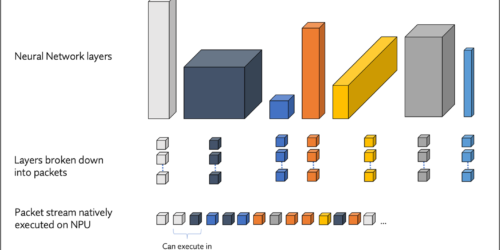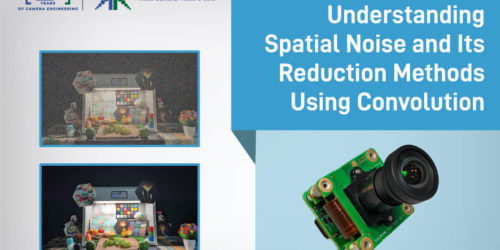Visualizing Oral Health: Various Imaging Techniques in Dentistry
This blog post was originally published at e-con Systems’ website. It is reprinted here with the permission of e-con Systems. Dental imaging has revolutionized dentistry, offering dentists a clear view beneath the surface. Explore key techniques like panoramic x-rays & intraoral cameras for improved diagnosis & treatment planning. The diagnosis and treatment of various dental […]
Visualizing Oral Health: Various Imaging Techniques in Dentistry Read More +











